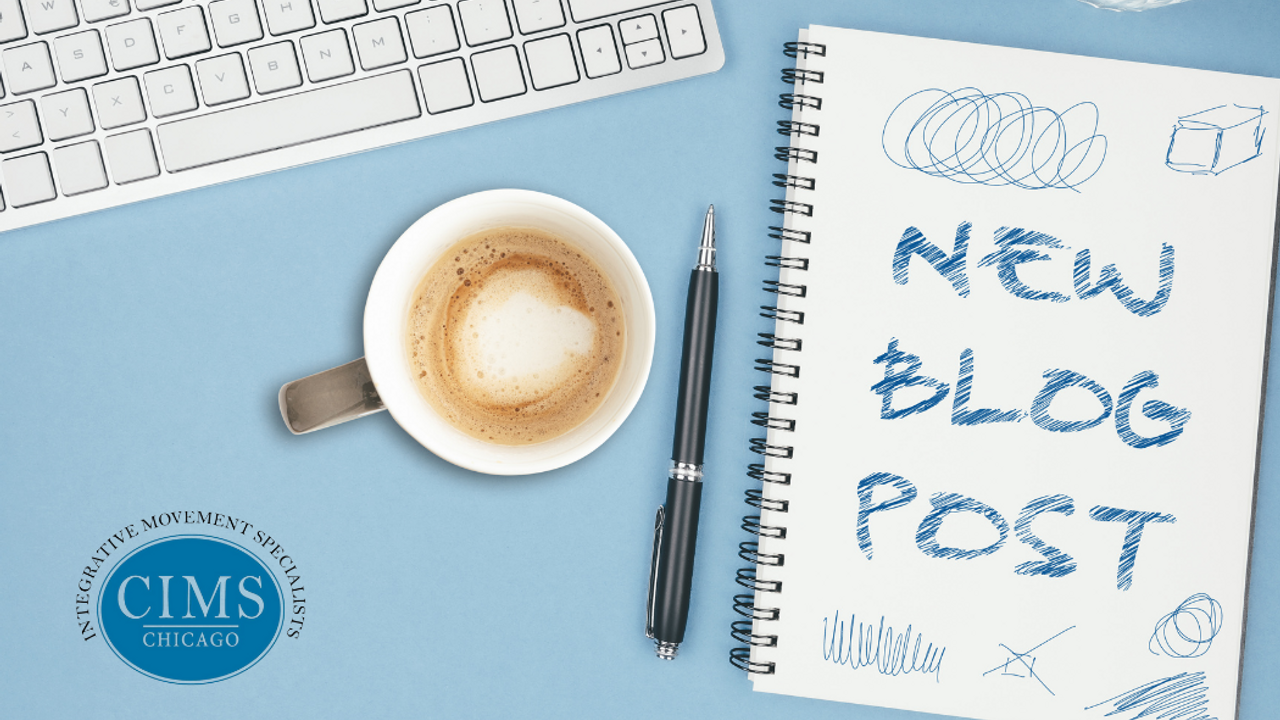4 Keys to Improving Flexibility

One of the most common reasons clients see us is to improve flexibility, or as one client put it the other day, "I would like to move more fluidly".
Injuries like falls, car accidents, sprain, strains, etc., and surgery can directly and immediately affect your flexibility. We will look at these in the future and their effects on walking, balancing, exercising, breathing, and flexibility.
There are some key elements we must include in our everyday life to maintain flexibility if we have had a history of injury or not.
- Mind our posture. (This may be different from what elders told you.)
- Breathe well. (Yes, we know you breathe all day.)
- Use the right muscles for the task we are performing. (Yep, work smarter, not harder)
- Check and reset as needed. (Like any machine, you have to check-in and sometimes reset if things are working efficiently.)
Today, we will look more closely at our posture. From the time we were small, we may have heard, 'sit up straight.' You also may have heard from your elders and later from well-meaning fitness professionals, 'pull your shoulders back or lift your chest.' Other popular postural cues or commands include 'suck in, pull in your abs or pull your belly button to your spine. Last but not least, 'squeeze your glutes.'
One or all of these likely sound familiar. So, you might be thinking, what is wrong with these? I want to have good posture.
Here are three reasons to change these posture habits:
- They will change the alignment of your spine, shoulders, hips, or knees and decrease your flexibility.
- They put undue pressure on your joints and body, thus reducing the space in your joints for mobility.
- They require excess muscle energy, which you can use for more productive activities.
So what are the alternatives?
- Let your muscles relax. (glutes, back, lats, abs, rhomboids, etc.)
- Think length from the back of your head as though someone is pulling a string up towards the ceiling.
- Think open and wide across your collar bones or as though there are helium balloons under your armpits.
- Distribute your weight across the base of your big toe, small toe, and heel, and let your SITS bones open and relax.
- Sit up on your SITS bones, not down on your tailbone when sitting.
- Let your rib cage relax down towards your feet.
Yes, any or all of these may feel weird. You may feel like you are leaning forward. You think this way because you have been leaning back for so long.


